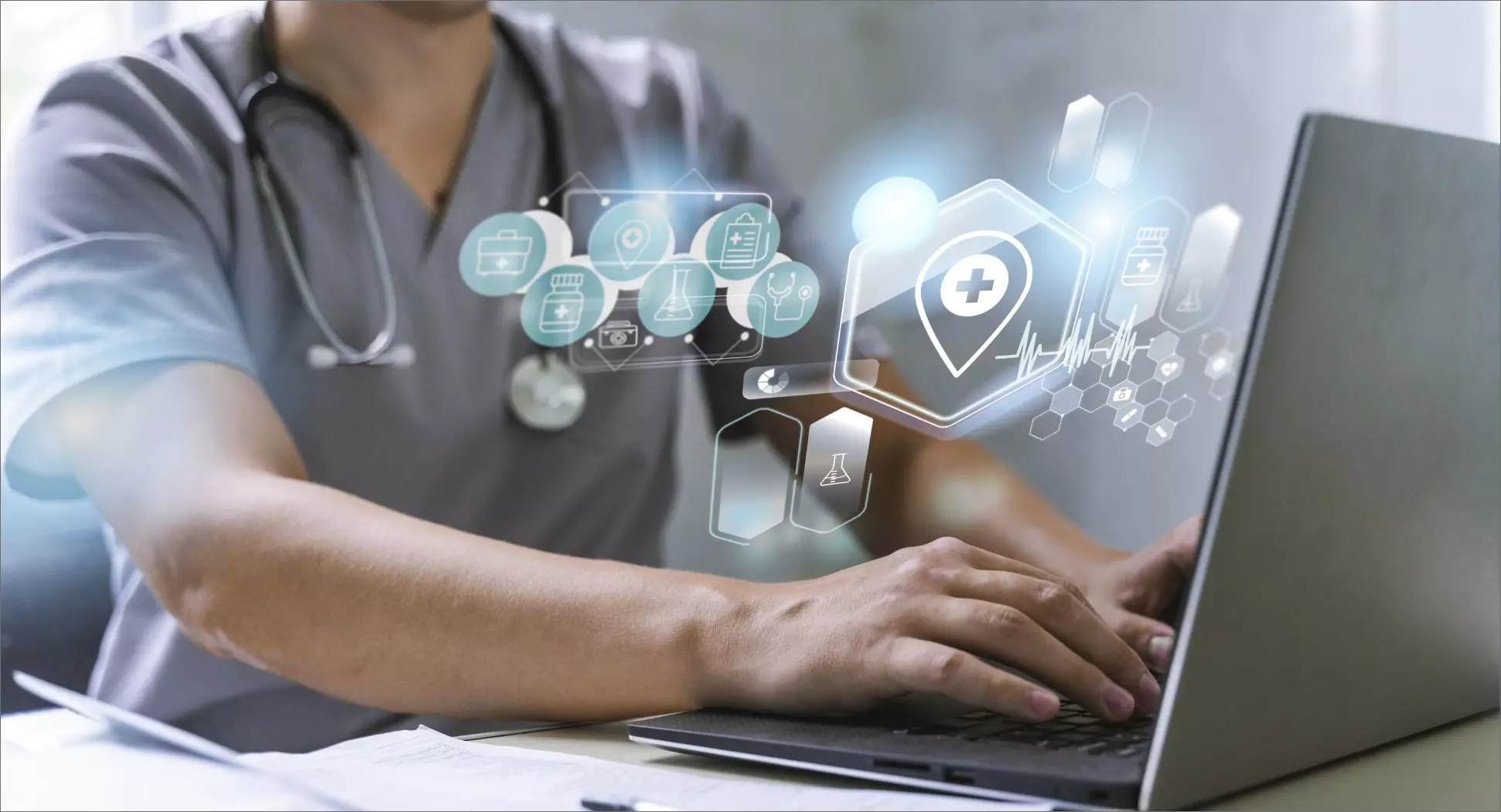Innovations in Home Health Care Technology : Enhancing Patient Care
Healthcare is continually evolving, and one of the most transformative shifts in recent years has been integrating innovative technologies into home healthcare. As the demand for patient-centered, cost-effective, and accessible healthcare solutions rises, advancements in technology are playing a pivotal role in enhancing patient care within the comfort of one’s home.
Below, we delve into the groundbreaking solutions that are revolutionizing the way healthcare is delivered, fostering independence, and improving overall patient outcomes.
1. Telehealth and Remote Monitoring
Telehealth has emerged as a game-changer in home health care, providing a bridge between patients and healthcare professionals regardless of geographical constraints. Remote monitoring technologies allow healthcare providers to keep a close eye on patients’ vital signs, medication adherence, and overall well-being without the need for frequent in-person visits.
i. Remote Patient Monitoring Devices:
Wearable devices and sensors are at the forefront of remote patient monitoring. These devices can track parameters such as heart rate, blood pressure, glucose levels, and more. Data collected is transmitted to healthcare professionals in real-time, enabling timely interventions and personalized care plans.
ii. Telehealth Consultations:
Virtual consultations via video calls have become a standard practice, connecting patients with healthcare providers for routine check-ups, follow-ups, and consultations. This not only saves time and reduces travel for patients but also facilitates continuous communication between healthcare teams and those under their care.
iii. Chronic Disease Management:
Patients with chronic conditions benefit significantly from home healthcare technologies. By leveraging remote monitoring solutions, healthcare providers can detect early signs of exacerbation, adjust treatment plans promptly, and empower patients to actively manage their conditions, leading to improved outcomes and a better quality of life.
2. Software for Home Health Care
Just as other businesses are leveraging software for efficiency enhancement, the healthcare industry isn’t left out. Homecare software has emerged as a pivotal tool for healthcare providers, offering comprehensive solutions to streamline operations, manage payments and insurance, and transition towards a paperless documentation system.
i. Streamlining Operations
The software facilitates real-time communication among care teams, enabling instant updates, status reports, and collaboration. Centralized information hubs allow for quick access to patient records, care plans, and relevant documentation, enhancing overall operational transparency.
ii. Manage/Process Payments and Insurance:
Homecare software offers robust features for managing payments and insurance, simplifying the financial aspects of home healthcare. Integrated billing modules automate invoicing, reducing the risk of errors and ensuring timely reimbursement.
iii. Documenting Operations While Going Paperless:
Traditionally, healthcare providers relied on extensive paperwork, leading to challenges in the organization, storage, and retrieval of patient information. Homecare software addresses these issues by offering a digital platform for comprehensive and secure documentation.
3. Smart Home Health Devices
The advent of smart home health devices has ushered in an era where patients can actively participate in their care while enjoying the comfort and familiarity of their homes. These devices are designed to be user-friendly and can be seamlessly integrated into daily routines.
i. Medication Management Systems
Adherence to medication regimens is a critical aspect of managing chronic conditions. Smart pill dispensers and medication management systems remind patients to take their medications, dispense the correct dosage, and alert caregivers or healthcare providers in case of missed doses.
ii. Smart Health Monitors
Beyond wearables, smart health monitors include devices that can measure vital signs and assess health parameters. For example, smart scales, thermometers, and blood pressure cuffs can provide valuable data for both patients and healthcare professionals, facilitating proactive health management.
iii. Fall Detection and Prevention
Falls pose a significant risk, especially for elderly individuals. Smart home devices equipped with fall detection technology can automatically alert caregivers or emergency services if a fall is detected, ensuring prompt assistance and reducing the risk of complications.
4. Artificial Intelligence (AI) and Predictive Analytics
The integration of artificial intelligence and predictive analytics in home healthcare is transforming how healthcare providers deliver personalized and preemptive care. These technologies analyze vast amounts of data to identify patterns, predict potential health issues, and tailor interventions based on individual patient needs.
i. Predictive Analytics for Hospital Readmissions:
AI algorithms can analyze patient data to predict the likelihood of hospital readmissions. By identifying patients at high risk, healthcare providers can implement targeted interventions, such as medication adjustments or additional support, to prevent readmissions and optimize patient outcomes.
ii. Virtual Health Assistants:
Virtual health assistants powered by AI provide patients with personalized health information, medication reminders, and guidance on managing their conditions. These virtual assistants enhance patient education and engagement, fostering a sense of empowerment and self-efficacy.
iii. Remote Diagnostics:
AI-driven diagnostic tools are making it possible to conduct certain medical tests remotely. From analyzing skin conditions to assessing respiratory function, these technologies enable healthcare providers to gather diagnostic information without the need for in-person visits, which is particularly beneficial for patients with mobility issues.
Final Words
From telehealth solutions that bridge the gap between patients and providers to smart devices that empower individuals to manage their health actively, the possibilities are vast and promising. However, as these technologies continue to evolve, it is essential to address cybersecurity concerns, ensuring that patient data remains secure and private.
